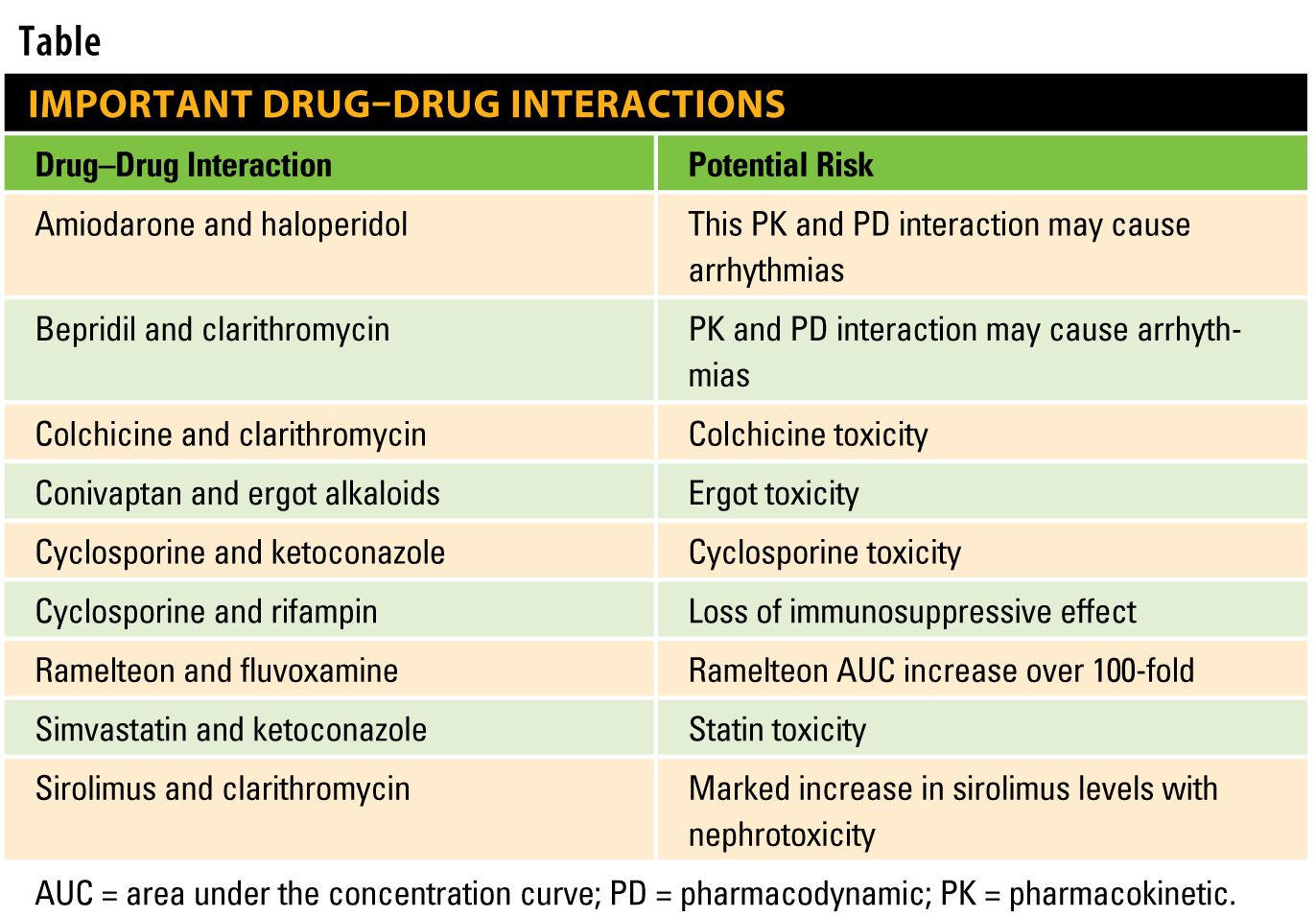Publication
Article
Pharmacy Times
Customization of Drug Interaction Software: Caution is Warranted
Pharmacists in all practice settings are subjected to numerous drug-drug interaction alerts. Here are some potential solutions.
Alert fatigue continues to be a significant problem for users of clinical decision support software designed to identify drug—drug interactions (DDIs). Many DDI alerts are of questionable significance. For example, a recent paper describing drug interactions in a hospital setting detailed over 1100 potential DDIs.1 The alerts included interactions between aspirin and clopidogrel (nearly everyone prescribed clopidogrel also receives aspirin for its therapeutic benefit), atorvastatin and clopidogrel (an interaction shown not to occur), aspirin and insulin (many diabetics are treated with antiplatelet drugs due to their increased cardiovascular risk, and the risk of hypoglycemia due to the combination appears to be small), and several interactions based on metronidazole inhibition of cytochrome P450 (CYP) 3A4 substrates (metronidazole does not appear to be an inhibitor of CYP3A4).
Pharmacists in all practice settings are subjected to numerous DDI alerts. At the University of Washington, DDI alerts are issued by our computer system at a rate exceeding 60 alerts/patient/day.2 Because outpatients usually receive fewer drugs, the rate of alerts for an individual patient will be less, but many patients taking more than 5 drugs will have at least 1 DDI alert. Unfortunately, this barrage of alerts causes alert fatigue and a tendency to ignore all alerts.3-5
Several potential solutions to alert fatigue have been suggested; limiting the number of alerts is the most common. This can be done using several distinct approaches. Although no definitive data exist, perhaps the most common method of reducing the number of alerts is to simply prevent certain interactions from alerting. For example, several software programs that categorize interactions based on perceived severity allow users to suppress the alerts for less severe interactions. Although this seems like a
reasonable approach, alerts for interactions that could cause patient harm may be suppressed. For example, if only the most “severe” interactions are selected from a popular DDI database to trigger an alert, certain interactions will not alert (Table).

Individualization of the database to meet the needs of your practice site is the preferred approach. Customizing the DDI database would avoid the problem of misassigning important interactions while reducing the number of alerts from potential DDIs that do not meet risk criteria. Using predefined alert classification criteria in our own system, we have attempted to isolate those interactions where some intervention is required to prevent patient harm.2 These interactions are considered to pose greater risk to the patient than the benefit gained from the combined use of the drugs. Intervention could involve substitution of either the object or precipitant drug involved in the interaction or establishment of a monitoring plan to identify and react to any evidence of untoward patient response to the interaction. Interactions with less risk of patient harm are reduced to lower severity levels.
Using this approach to modify several DDI databases has resulted in a reduction in the number of DDIs categorized at the highest severity by 60% to 70%.2 Certainly this will reduce the number of alerts; however, that is not the primary goal. Rather, we are attempting to reduce inappropriate alerts without removing alerts that are important for patient safety.
User frustration with DDI alert fatigue has led to attempts to fix the problem, usually by employing unsophisticated ways to remove alerts. Lacking a clear goal for the final content of the customized database and the tools to do a credible job of DDI assessment, these efforts, although reducing the number of alerts, often miss alerts that could be modified. This may well increase the risk of harm to patients from missed alerts. Customization requires careful evaluation of an interaction’s potential for harm and an understanding of the various options available to mitigate that risk.
Drs. Horn and Hansten are both professors of pharmacy at the University of Washington School of Pharmacy. For an electronic version of this article, including references, if any, visit www.hanstenandhorn.com.
References
1. Smithburger PL, Kane-Gill SL, Seybert AL. Drug-drug interactions in cardiac and cardiothoracic intensive care units: an analysis of patients in an academic medical centre in the US. Drug Saf. 2010;33:879-888.
2. Horn JR, et al. Customizing clinical decision support to prevent excessive drug-drug interaction alerts. Am J Health-Syst Pharm. 2011;68:662-664.
3. Cash JJ. Alert fatigue. Am J Health-Syst Pharm. 2009;66:2098-2101.
4. Weingart SN, Toth M, Sands DZ, Aronson MD, Davis RB, Phillips RS. Physician’s decisions to override computerized drug alerts in primary care. Arch Intern Med. 2003;163:2625-2631.
5. Issac T, Weissman JS, Davis RB. Overrides of medication alerts in ambulatory care. Arch Intern Med. 2009;169:305-311.







